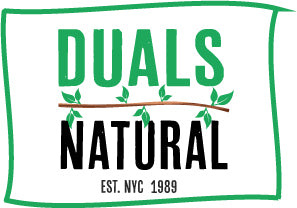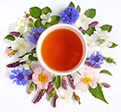

Description
Profile: Taraxacum officinale is a traditional food and tonic. In spring, fresh dandelion leaves can be eaten, and the lengthy taproot is dug in October. Organic dandelion leaf is great for herbal teas. Dandelion leaves can be used to make tea, extract, or soup.
Dandelion was traditionally used to enhance digestive health. Dandelion supports liver health, healthy urine function, and has modest diuretic activity.
Details:
Dandelion is a cheerful, delicate, yet wonderful plant that has been utilized in Chinese and Arabian medicine for thousands of years. It's been used as a restorative tonic, cuisine, and in herbal beers and wines for generations.
Dandelion has a sun-yellow flower head that shuts at night or in cloudy weather and opens in the morning, like calendula. Closed, the blossom resembles a pig's nose, hence the name'swine's snout. It's a perennial herb with deeply cut leaves that create a basal rosette, similar to wild lettuce, and a strong, dark brown tap root. It's native to most of Europe, Asia, and northern Africa, naturalized worldwide, and a common weed.
Bulgaria, Hungary, Poland, Romania, ex-Yugoslavia, and the UK grow dandelion economically. Dandelion grows everywhere and is wild picked in a variety of settings, including in the Himalayas at 12,000 feet for Ayurvedic treatment (the traditional healing system of India). Dandelion grows anywhere, but produces deeper roots in moist, rich soil. Pharmacopeial grade dandelion leaf is made from dried leaves gathered before flowering and the root collected in October, when inulin content is highest.
Arab physicians in the 10th century acknowledged dandelion's use in the Tang Materia Medica (659 B.C.E.).
In the U.S., dandelion was a prized food, gastrointestinal aid, cleansing alternative, and poultice or compress. The Algonquian ate the leaves for their alterative effects and used them as a poultice. Aleuts administered steaming leaves to sore throats. The Cherokee felt the root was an alterative and produced a relaxing drink from the leaves and flowers. Iroquois also utilized dandelion. Whole plant tea was used as a tonic. In southwestern herbalism, dandelion is called 'chicoria' or 'diente de leon'
In TCM, it's called 'Xin Xiu Ben Cao' or 'Pu Gong Ying' and is sweet, drying, and cooling. TCM says dandelion clears heat from the liver, benefits the stomach and lungs, and supports lactation.
The root was included in the US National Formulary, Austrian and Czech pharmacopoeias, the Ayurvedic Pharmacopoeia, and the British Herbal Pharmacopoeia. Herbalist Rosemary Gladstar says it's "invaluable for menopausal ladies." Dandelion root contains inulin and is a bitter digestive tonic that stimulates the appetite. It lowers heat and hot emotions, helping annoyed people.
Young dandelion greens are great in salads (older ones are harsh). These leaves can also be steamed like spinach with salt, pepper, and butter. Nutmeg, garlic, onion, or lemon peel can be added.
Bitter, drying, and cooling describe dandelion leaf.
NOTICE: DO NOT USE THIS PRODUCT IF PREGNANT OR NURSING.
**These statements have not been evaluated by the Food and Drug Administration. These products are not intended to diagnose, treat, cure, or prevent any diseases.
| Ingredients: | Dandelion |
| Origin: | USA |
| Shelf Life: | 2 Years. |
| Product Style: | Powder |
| Handling / Storage: | Store in a airtight Food Storage Containers, cool, dry place. |
| Allergen Information: | None Specified. |
Best Sellers
-
 from $9.99
from $9.99Profile: Thyroid | Digestive | Sexual | Appetite Suppressant - Iodine is one of the many minerals found abundantly in sea moss. By consuming sea mo...
View full details -
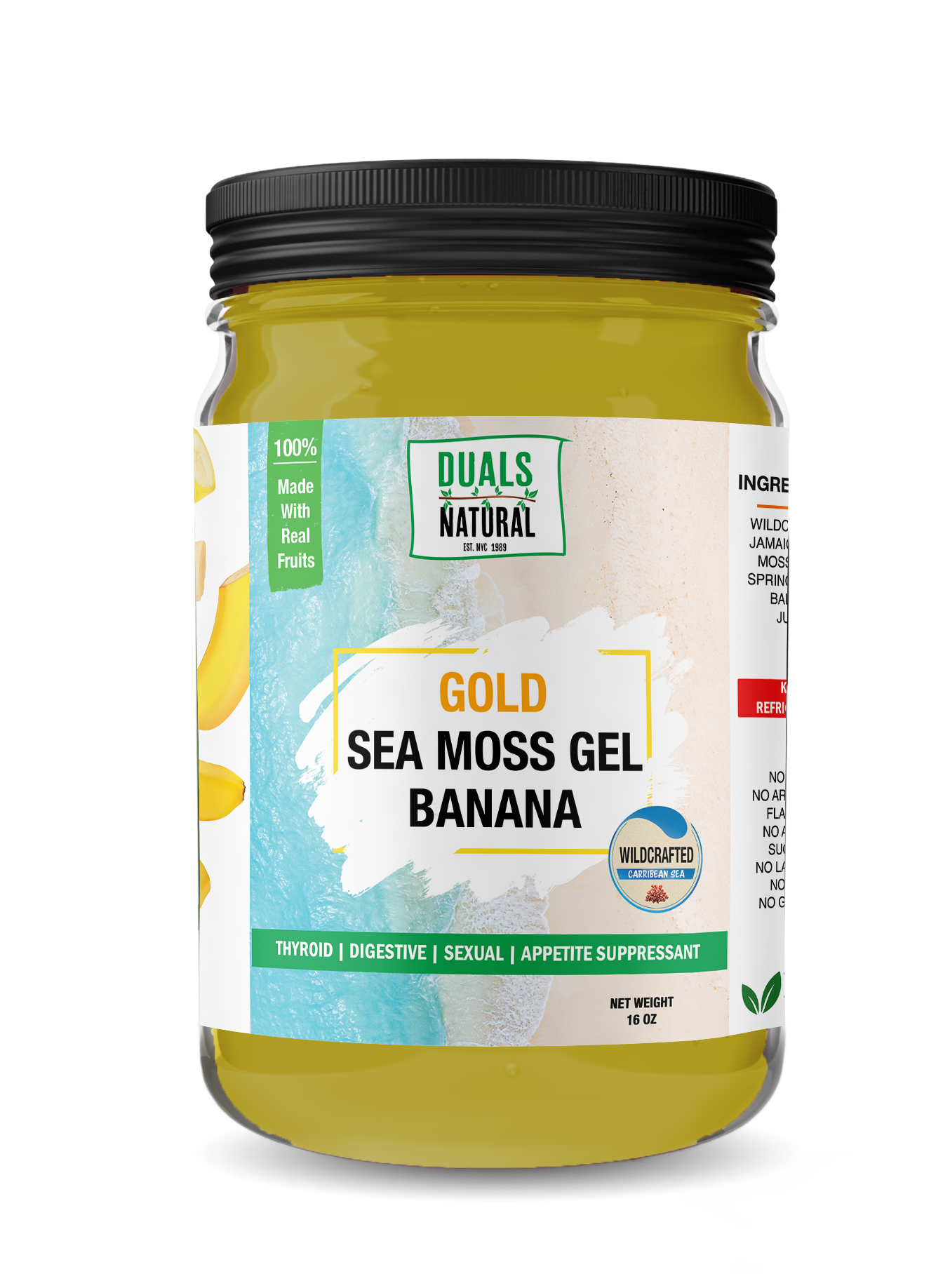
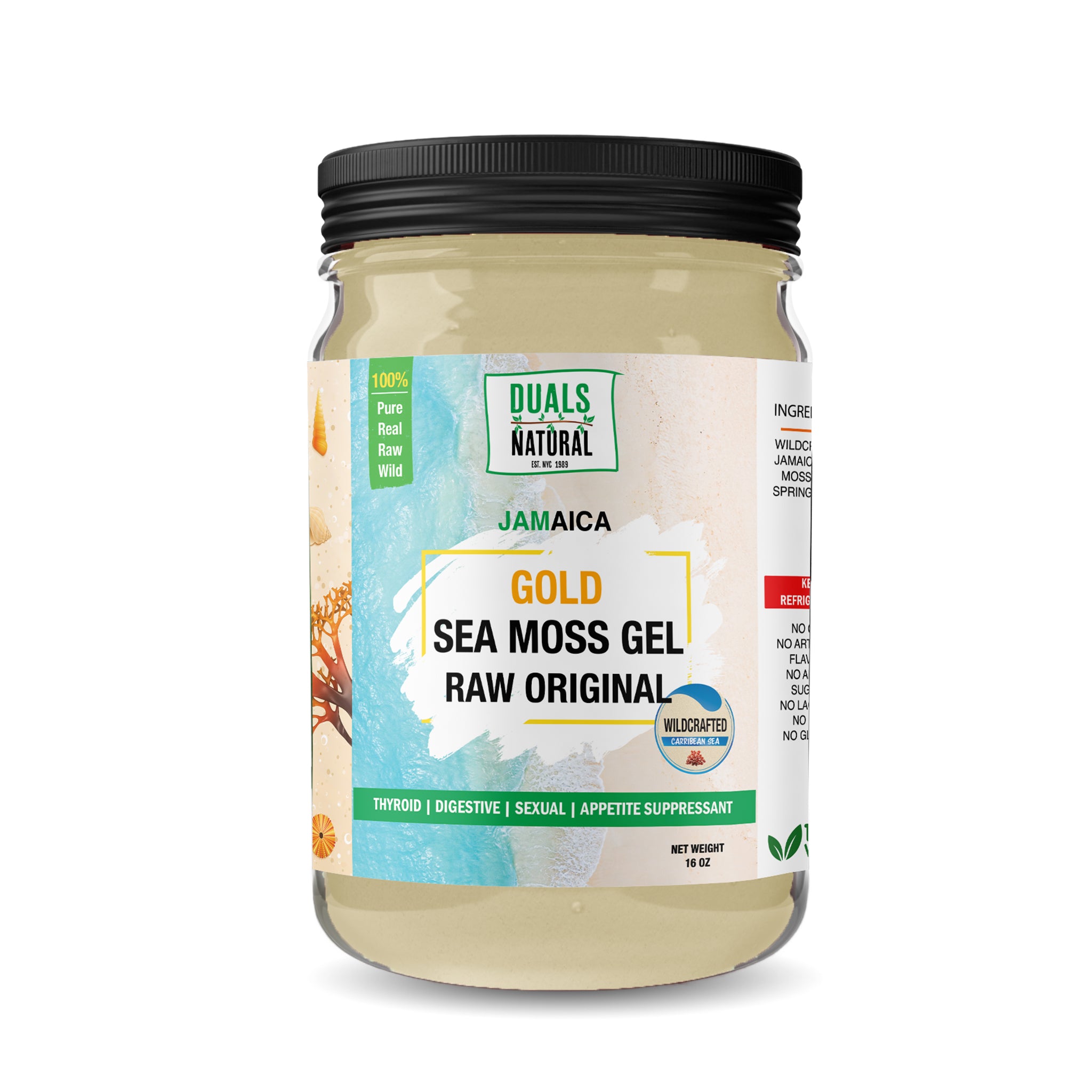 $30.00
$30.00100% Pure Raw Wildcrafted Sea Moss PER 50 GRAMS OF SEA MOSS Iodine 360 μg - Which is 240% of your Recommended Daily Intake Iron 4.45 mg - Whi...
View full details -

 $9.99
$9.99Blue Lotus flower, also known as Egyptian Lotus or Sacred Lily of the Nile, has it's roots in ancient Egypt (and often linked to Cleopatra); wher...
View full details -
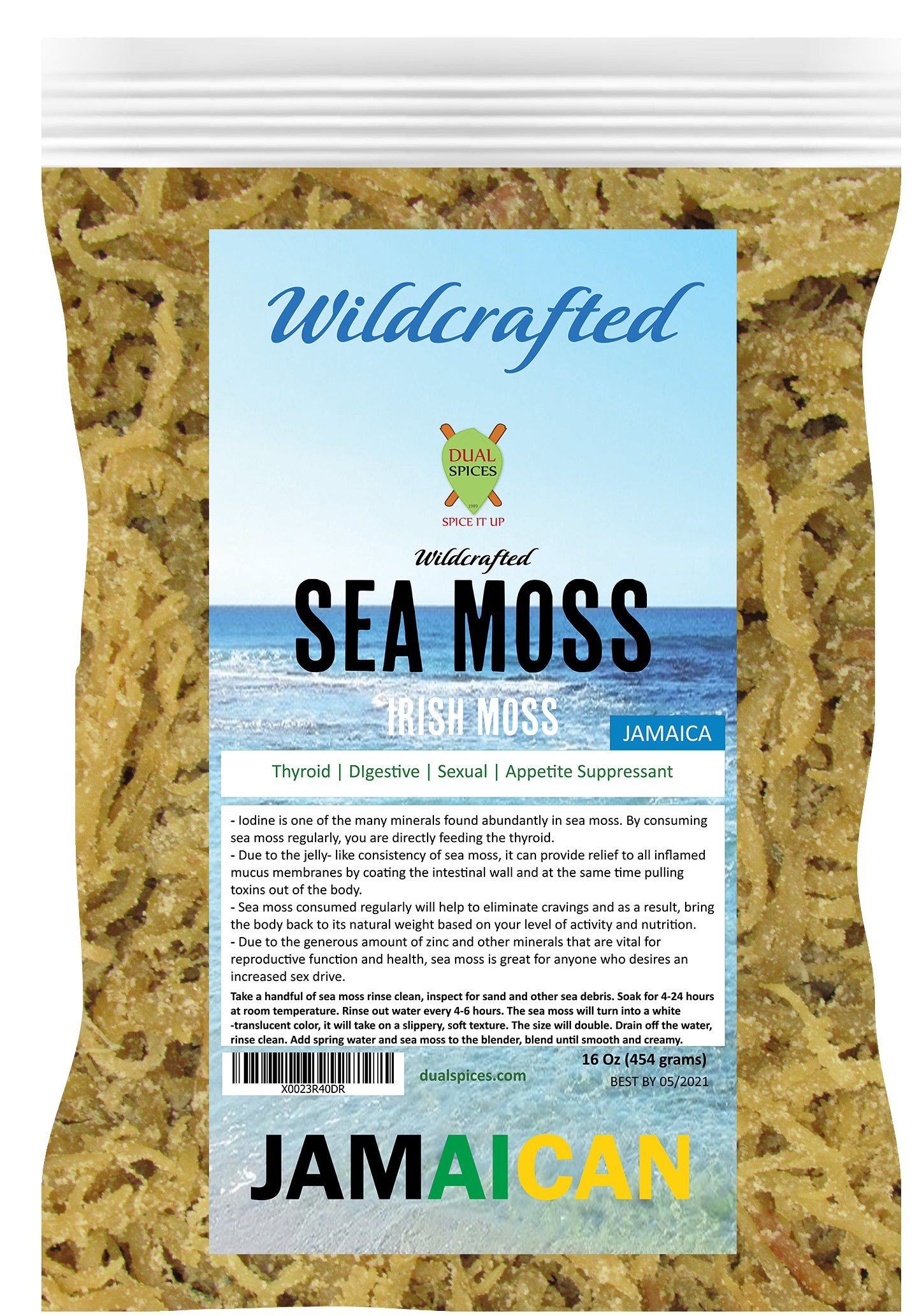 $24.99
$24.99Profile: Thyroid | Digestive | Sexual | Appetite Suppressant - Iodine is one of the many minerals found abundantly in sea moss. By consuming sea m...
View full details -

 from $3.95
from $3.95Premium Egyptian dried Hibiscus sabdariffa flowers, prized for their vibrant crimson color and naturally tart flavor. These whole flower petals are...
View full details -
 from $5.95
from $5.95Premium organic Ashwagandha (Withania somnifera) root powder, meticulously sourced from India and traditionally used in Ayurvedic medicine. This po...
View full details -
 from $4.50
from $4.50House Blend Garam Masala Traditional North Indian Spice Blend Garam masala, meaning "hot spice blend" in Hindi, is a cornerstone of North Indian ...
View full details -
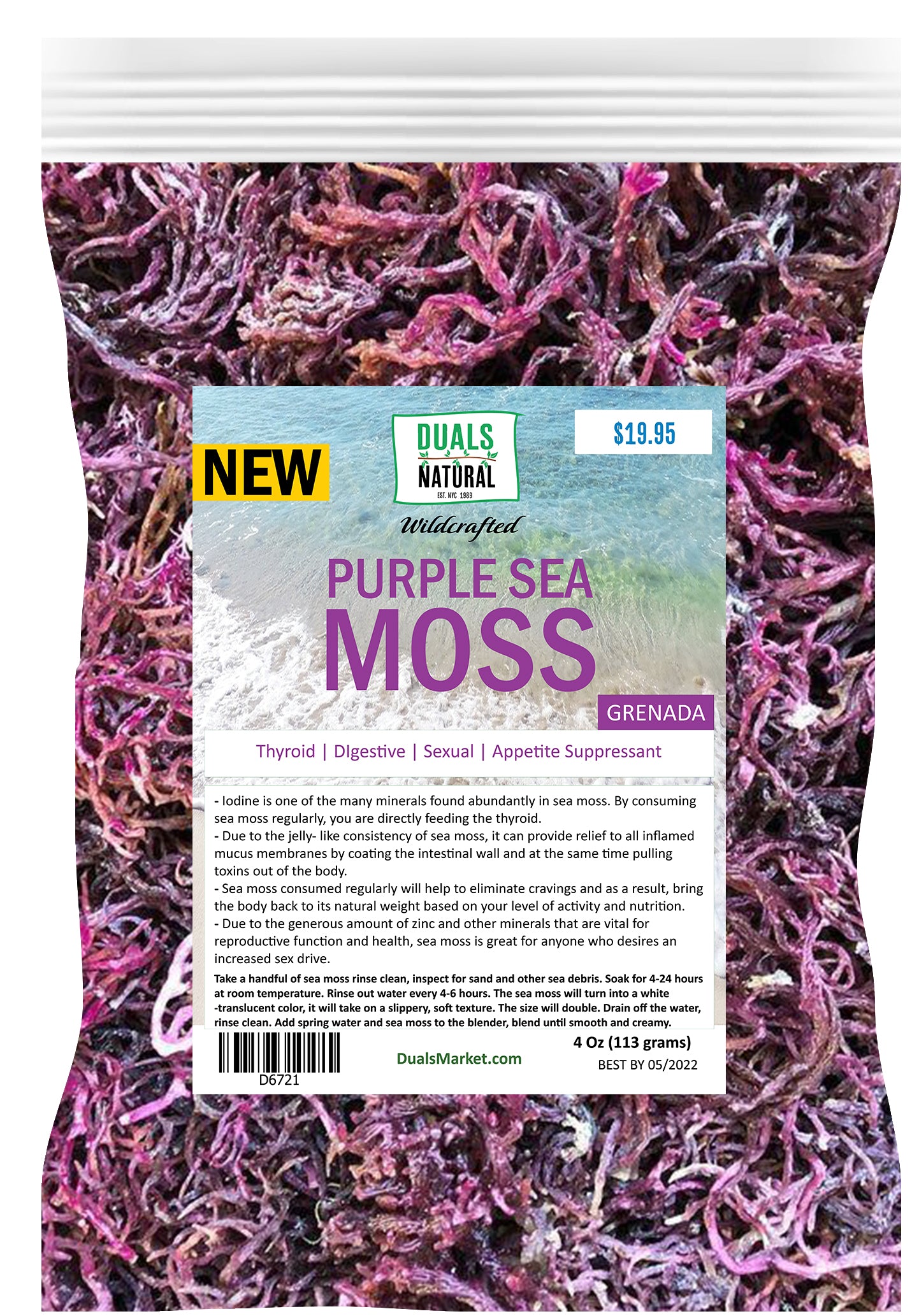
 from $19.95
from $19.95Profile: Thyroid | Digestive | Sexual | Appetite Suppressant - Iodine is one of the many minerals found abundantly in sea moss. By consuming sea mo...
View full details
